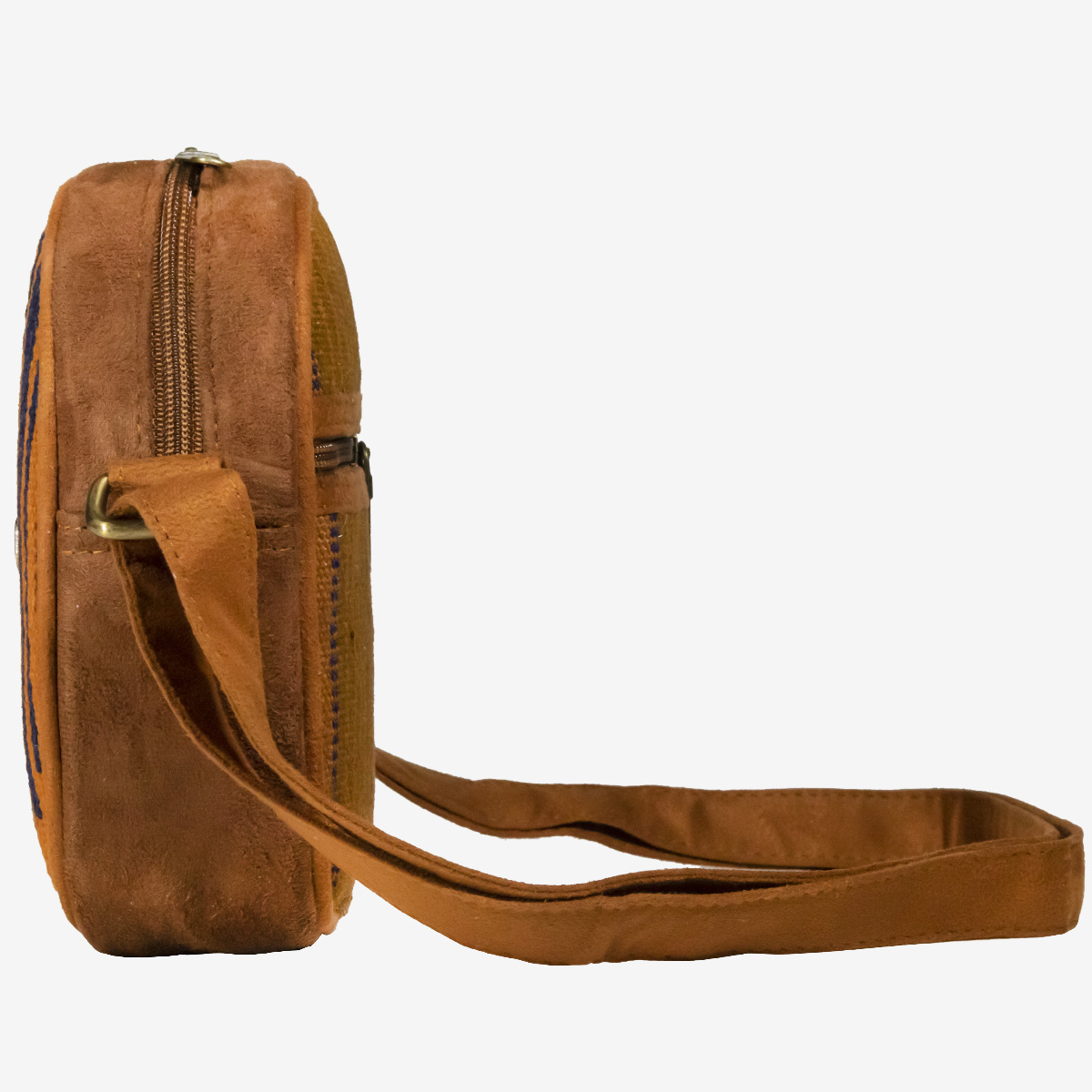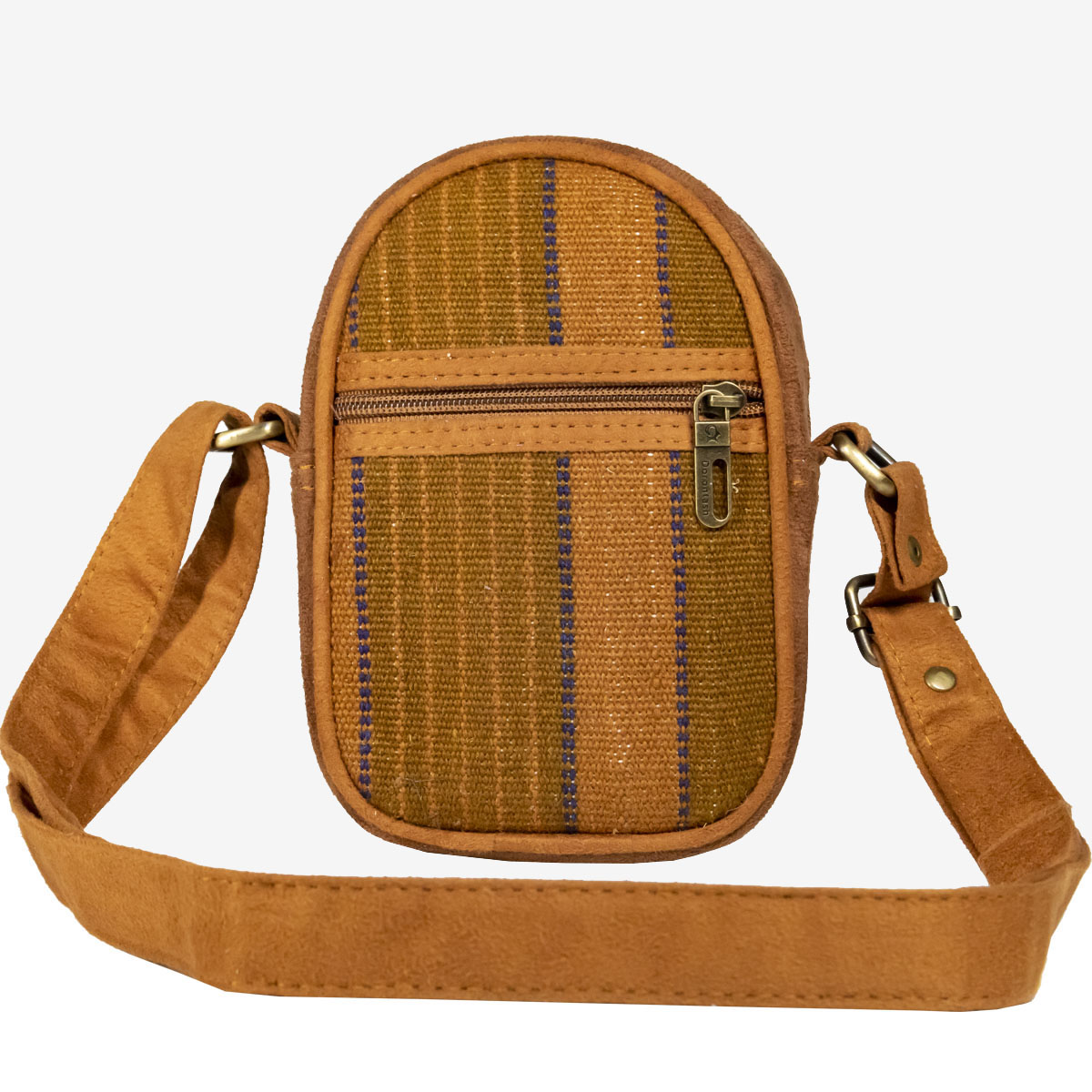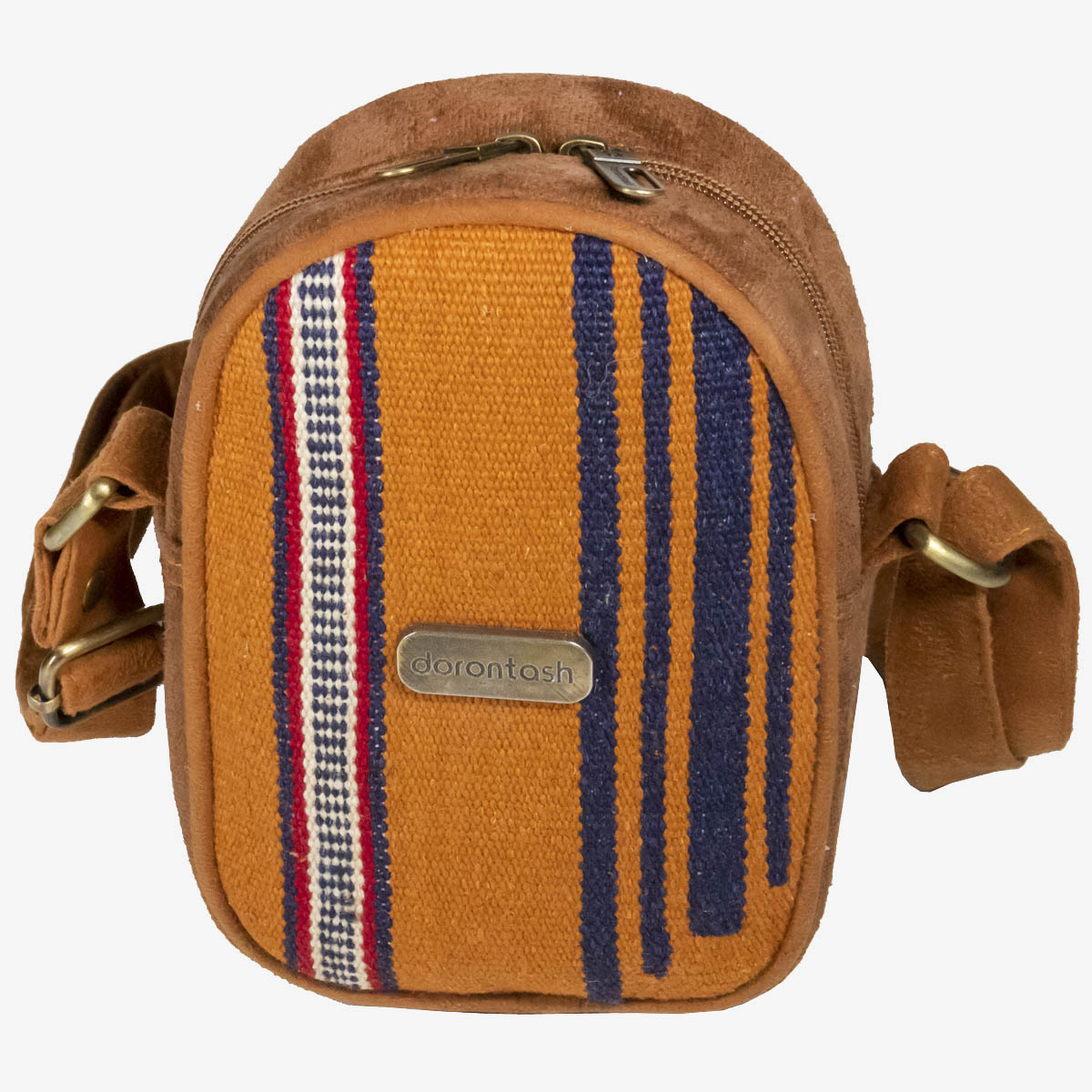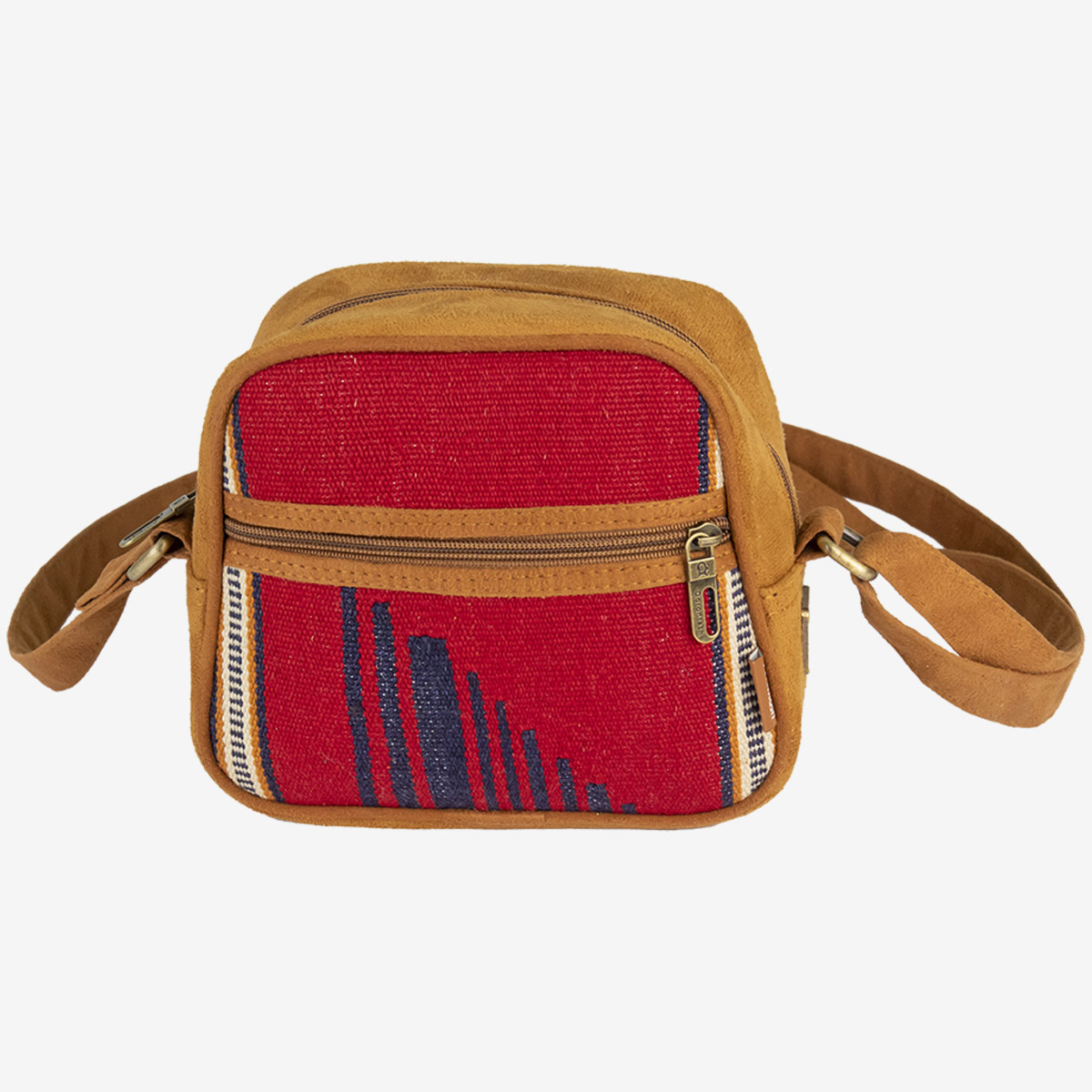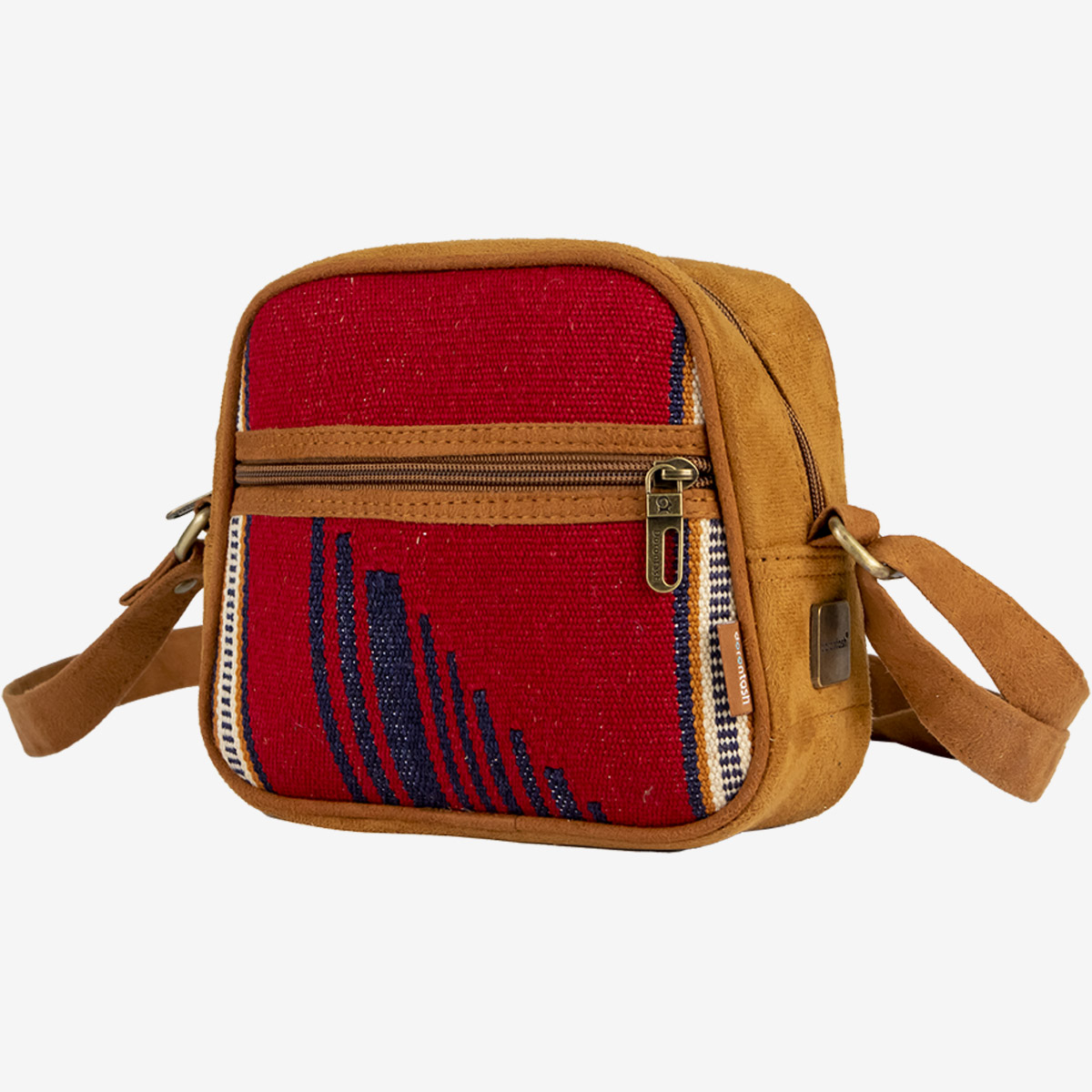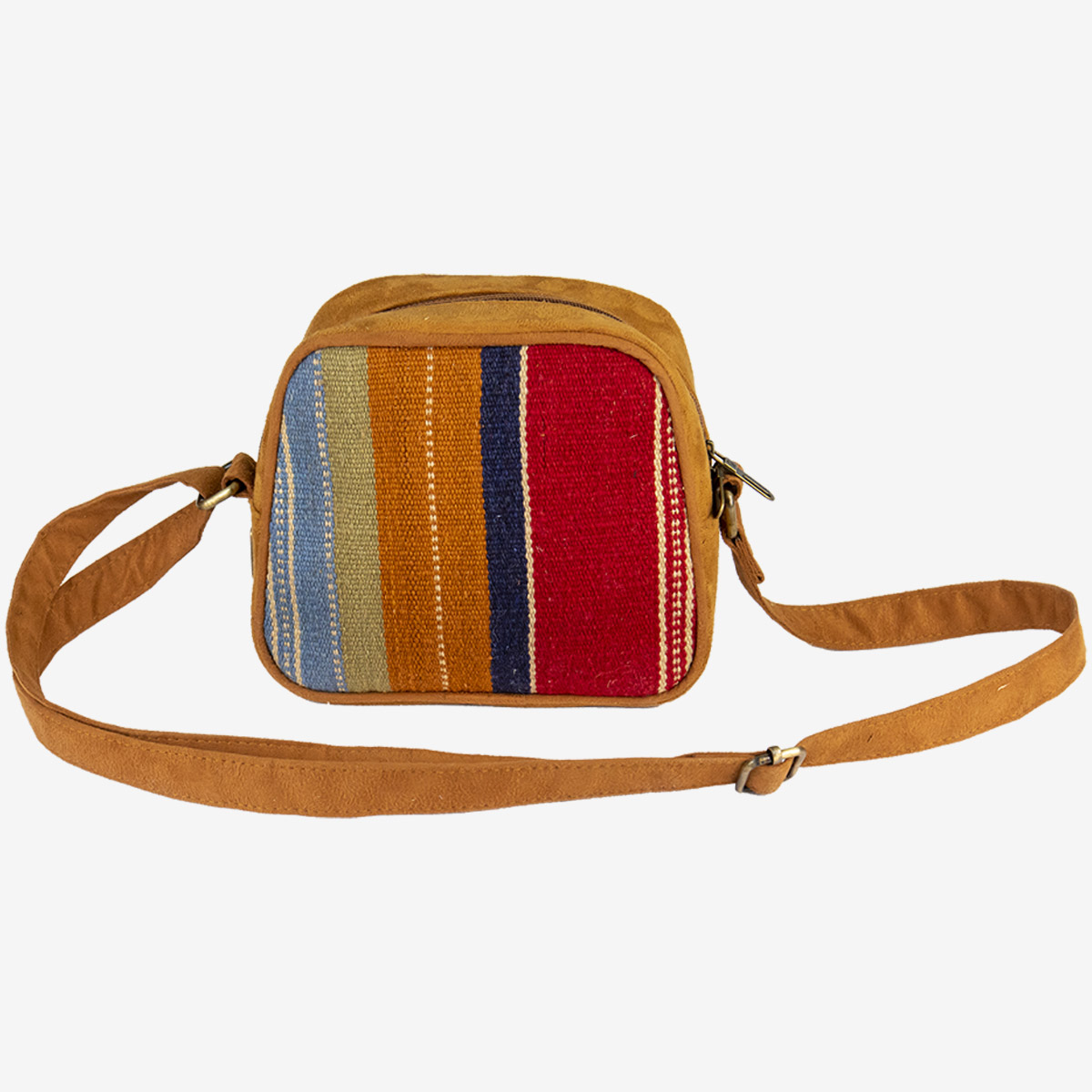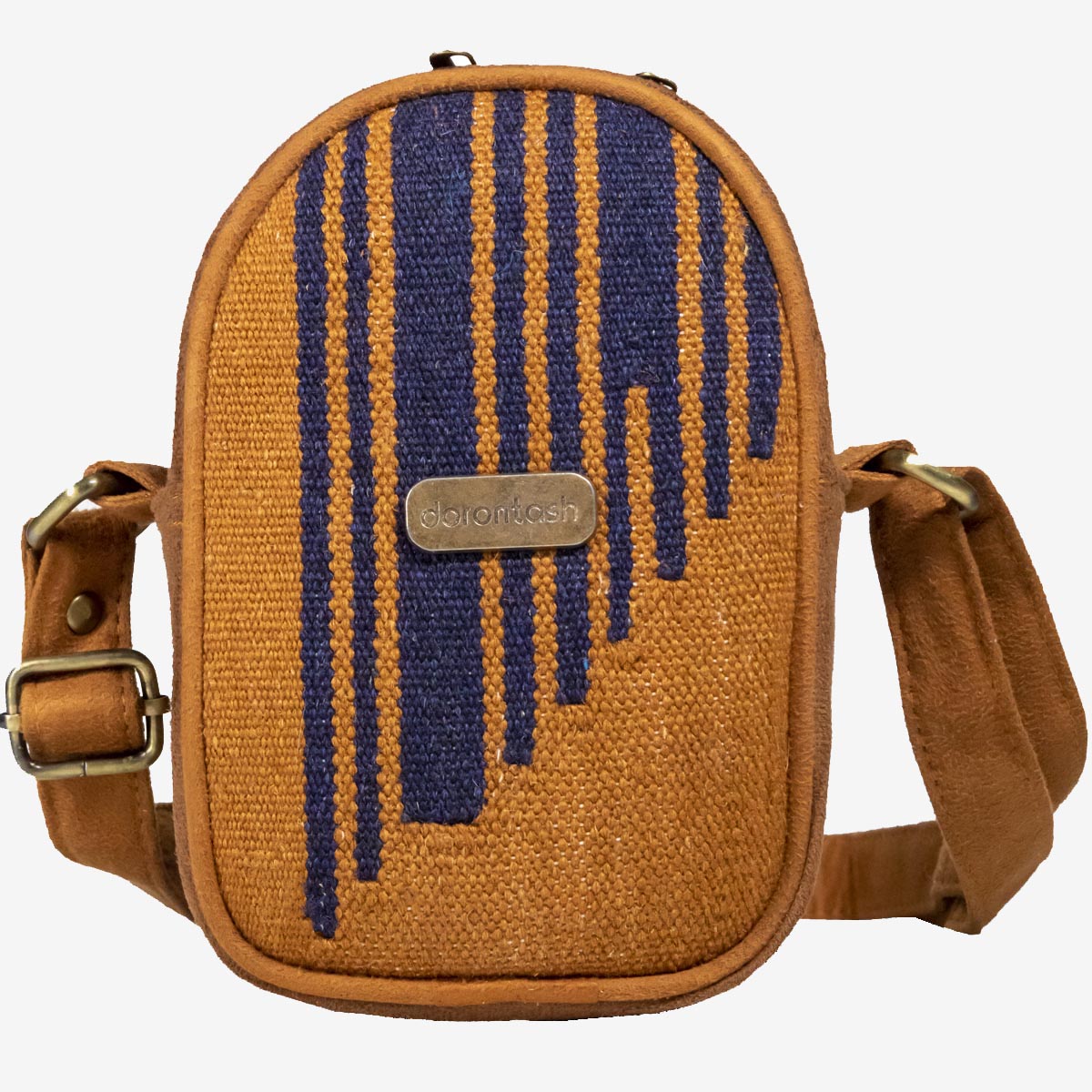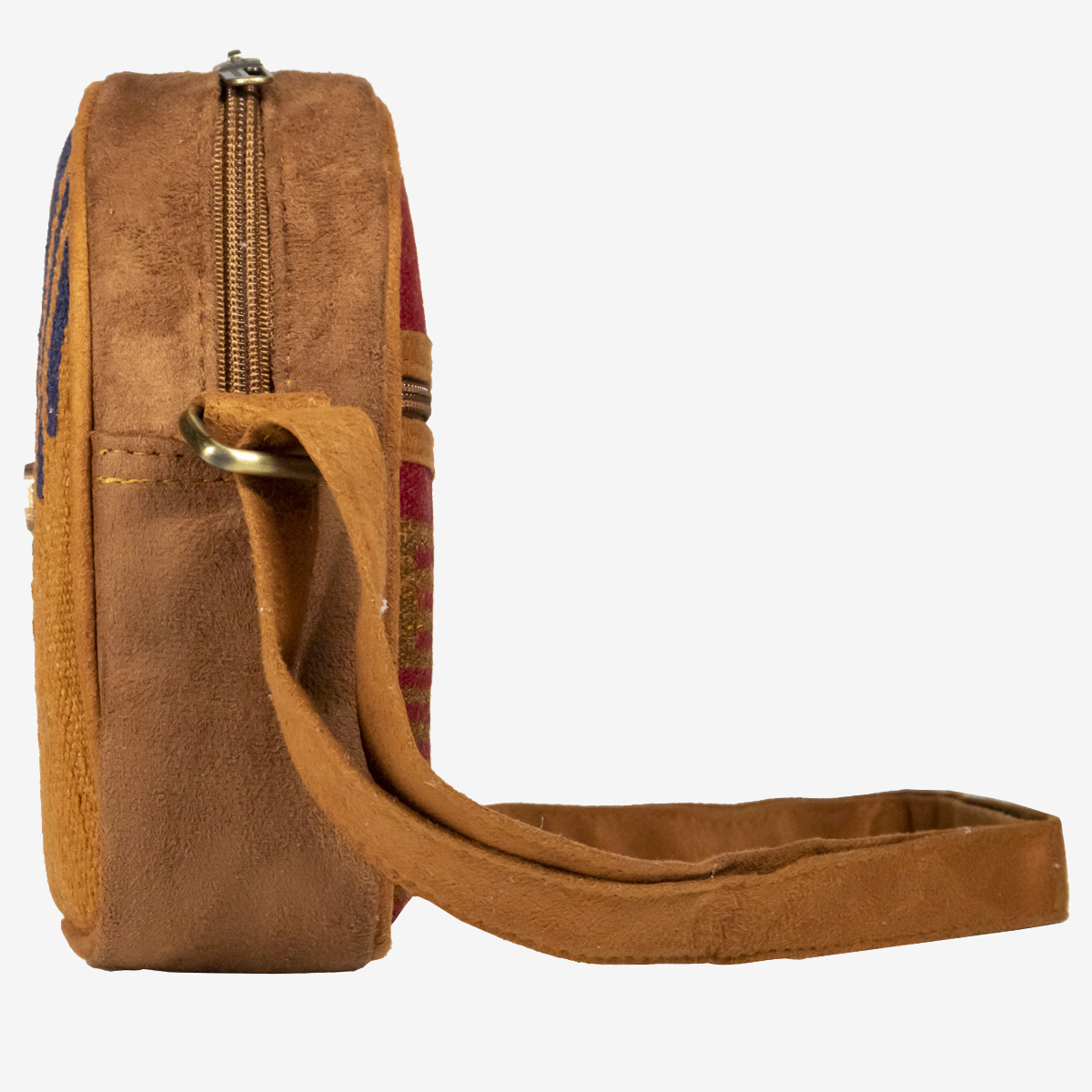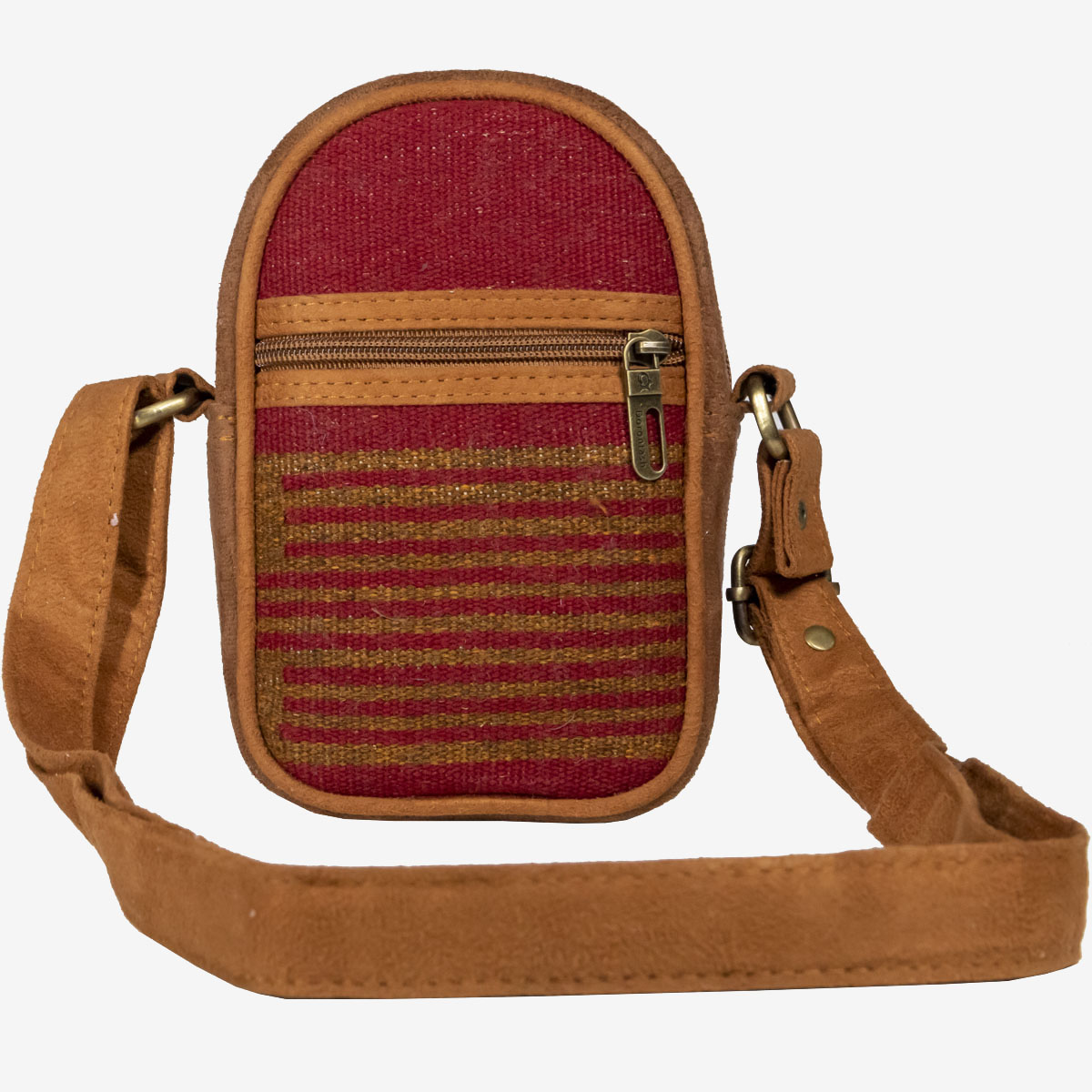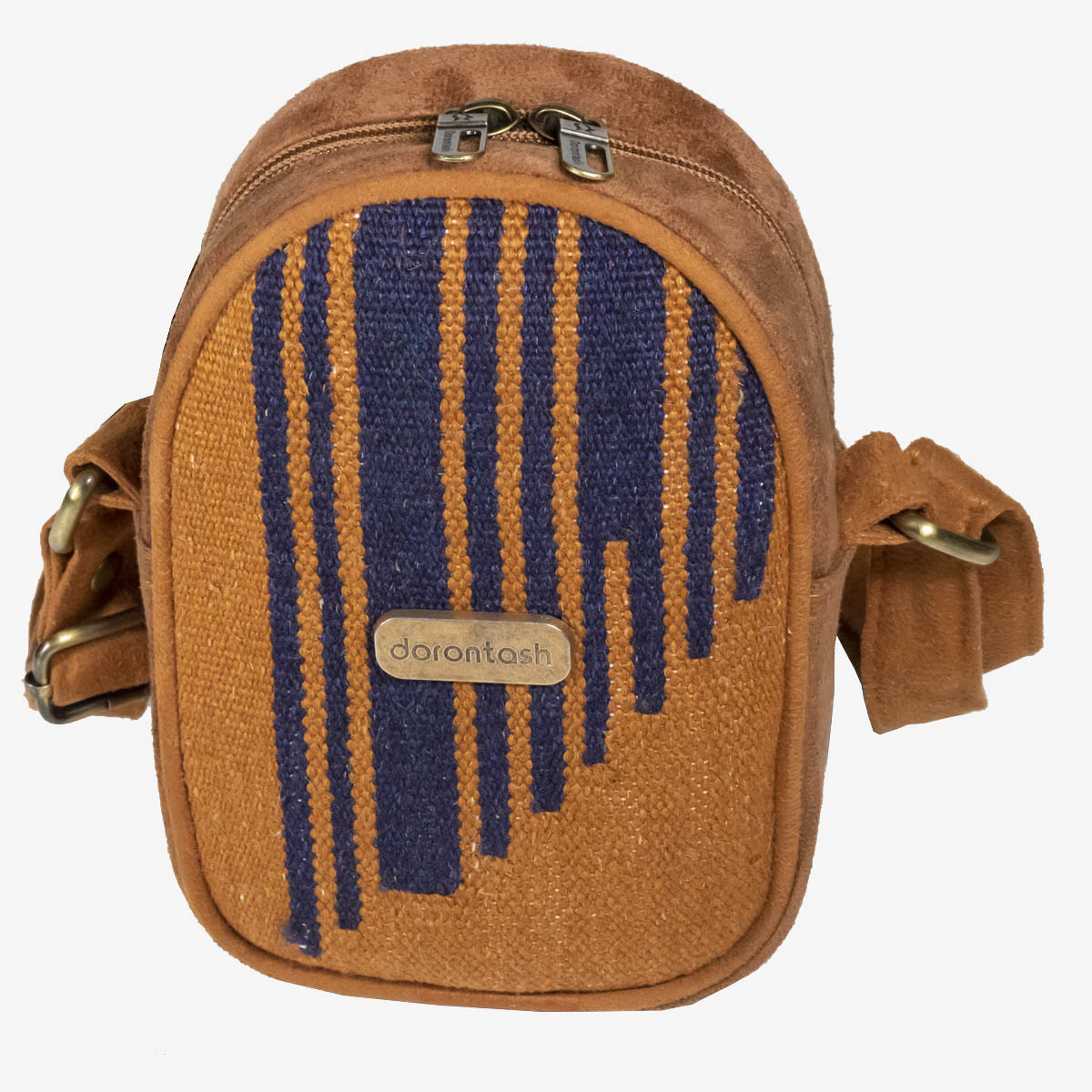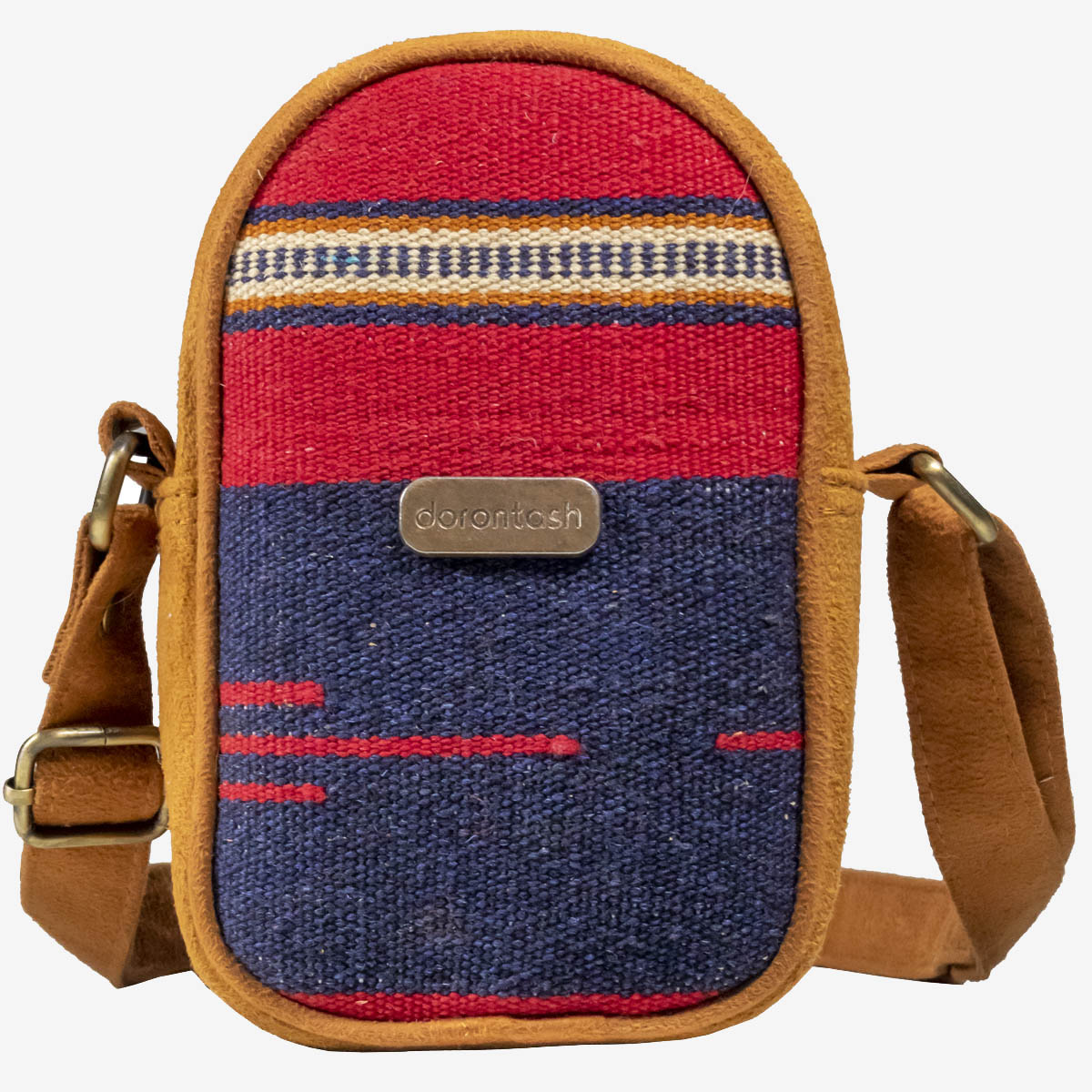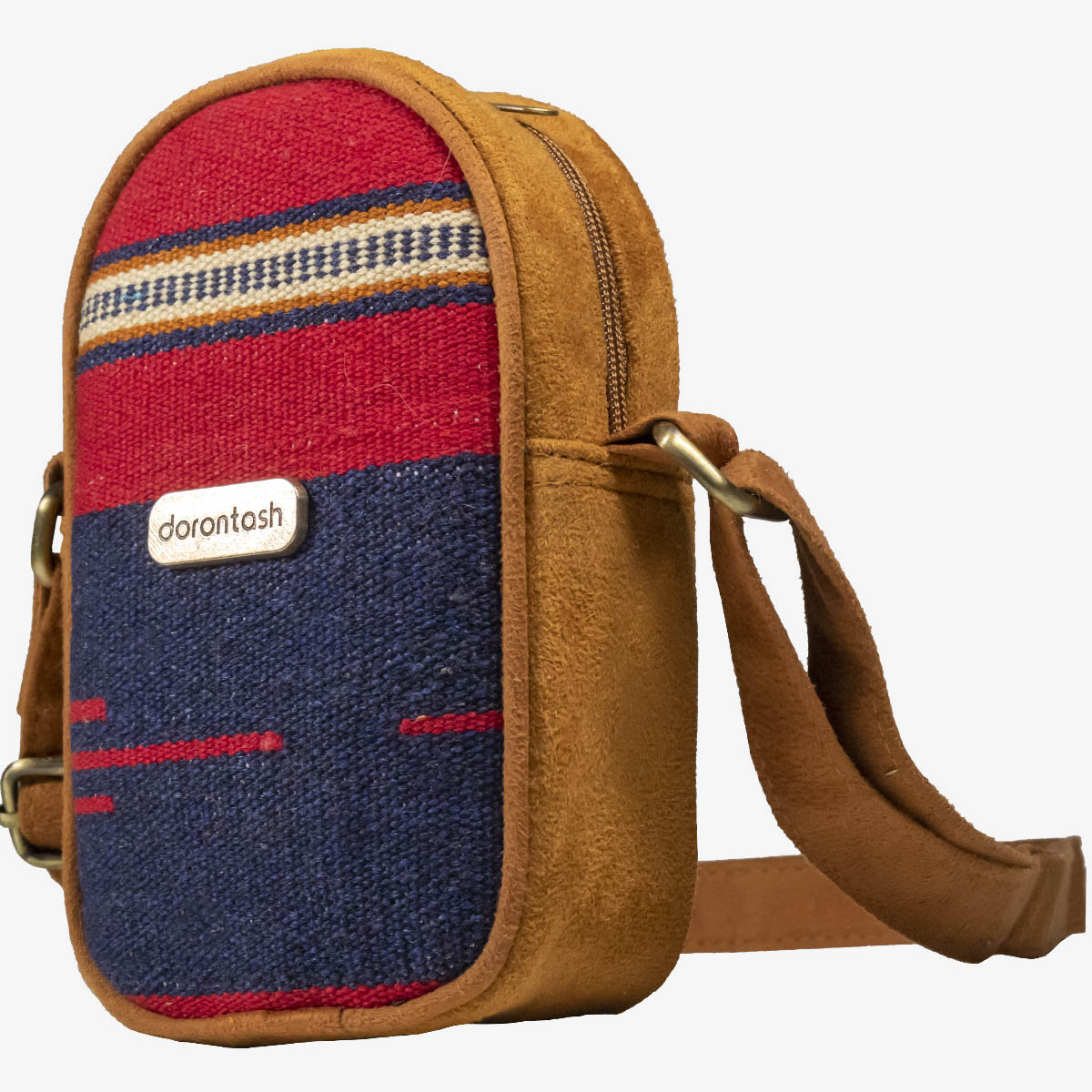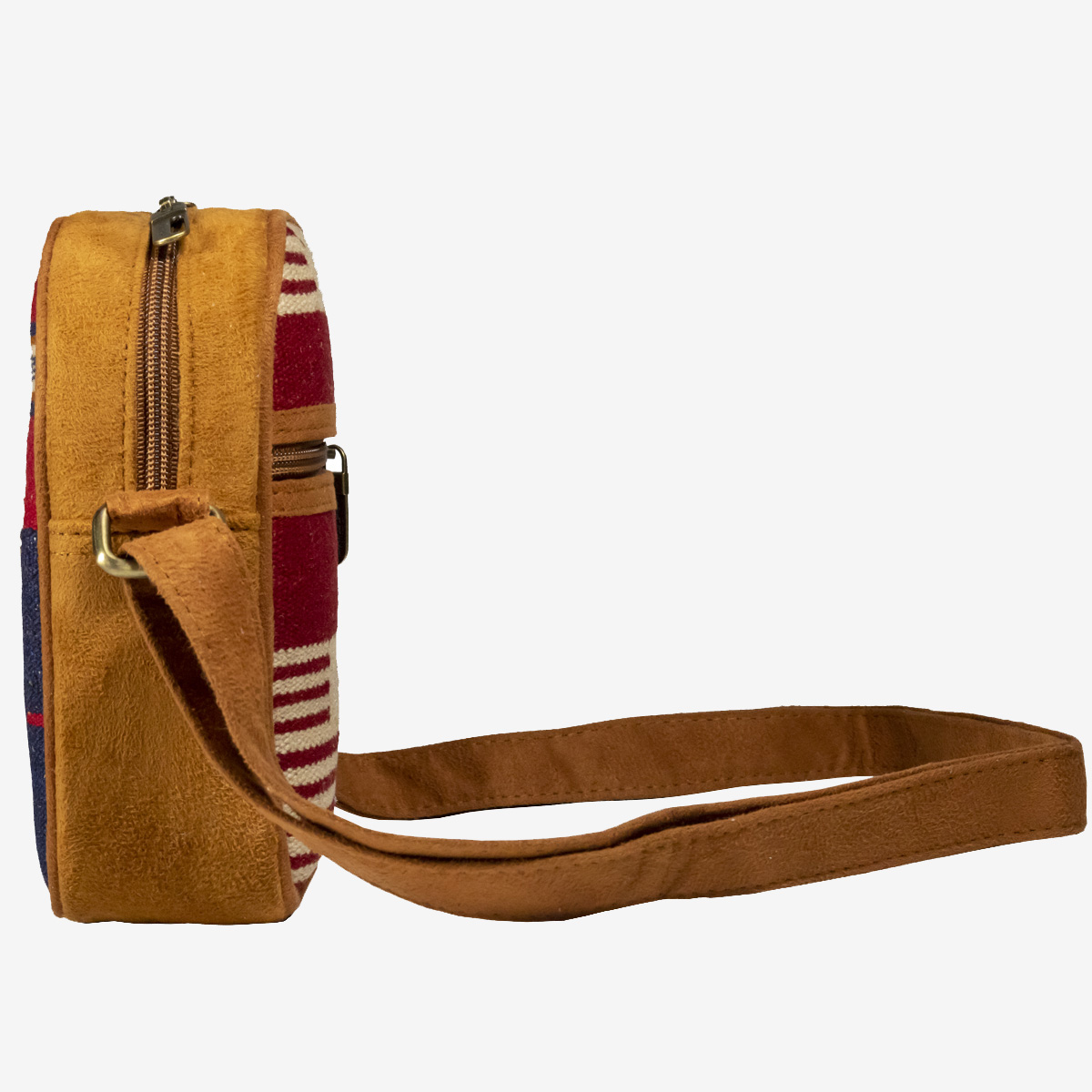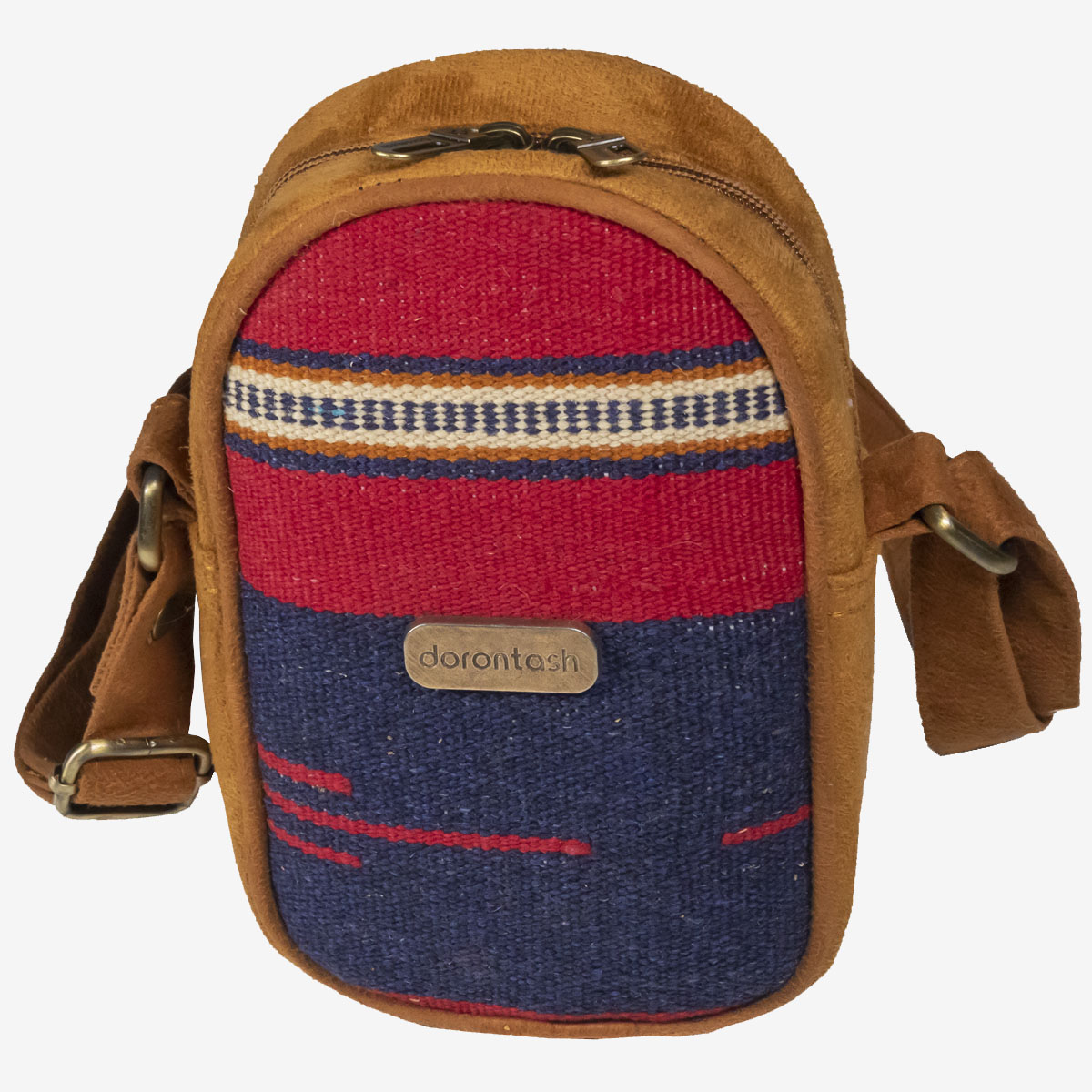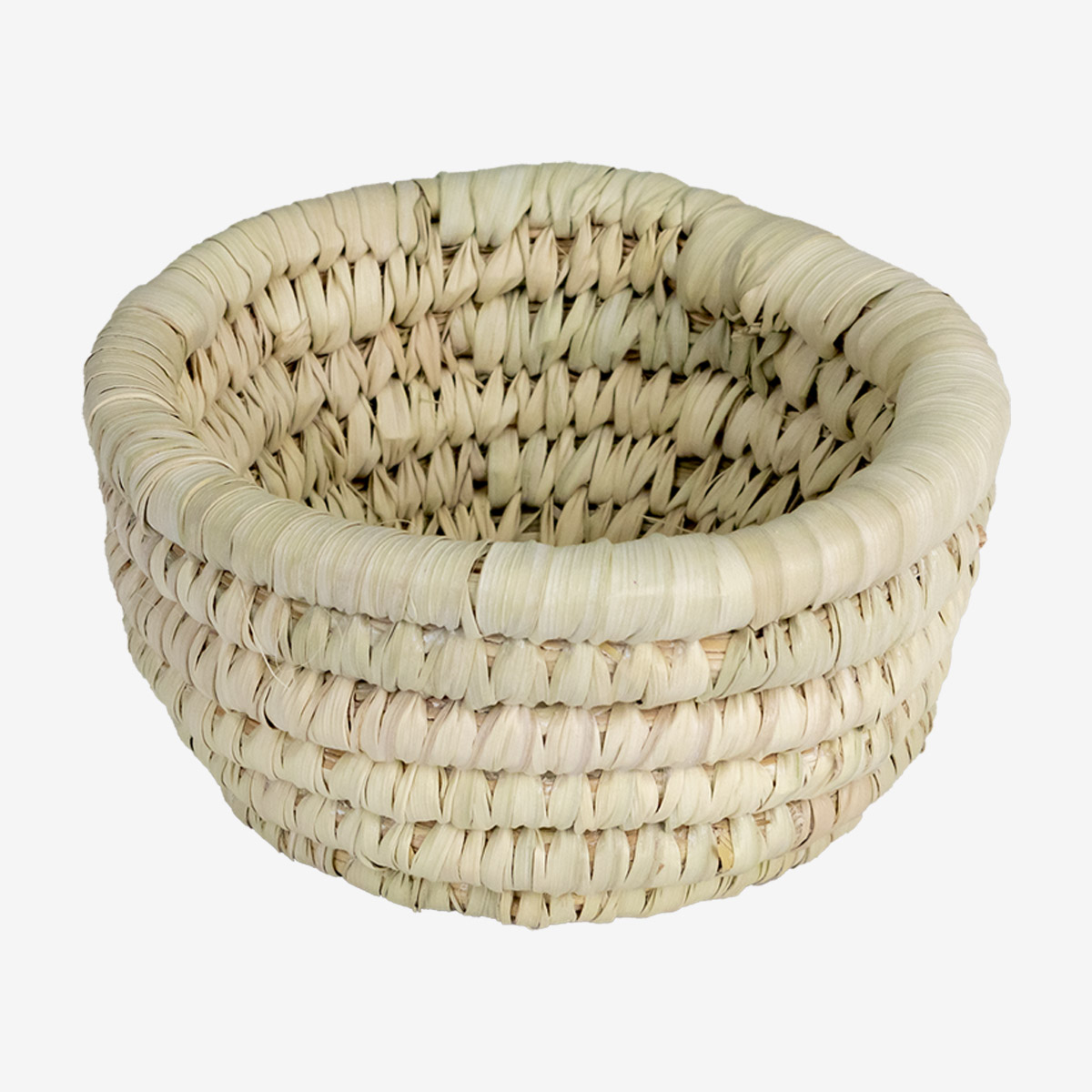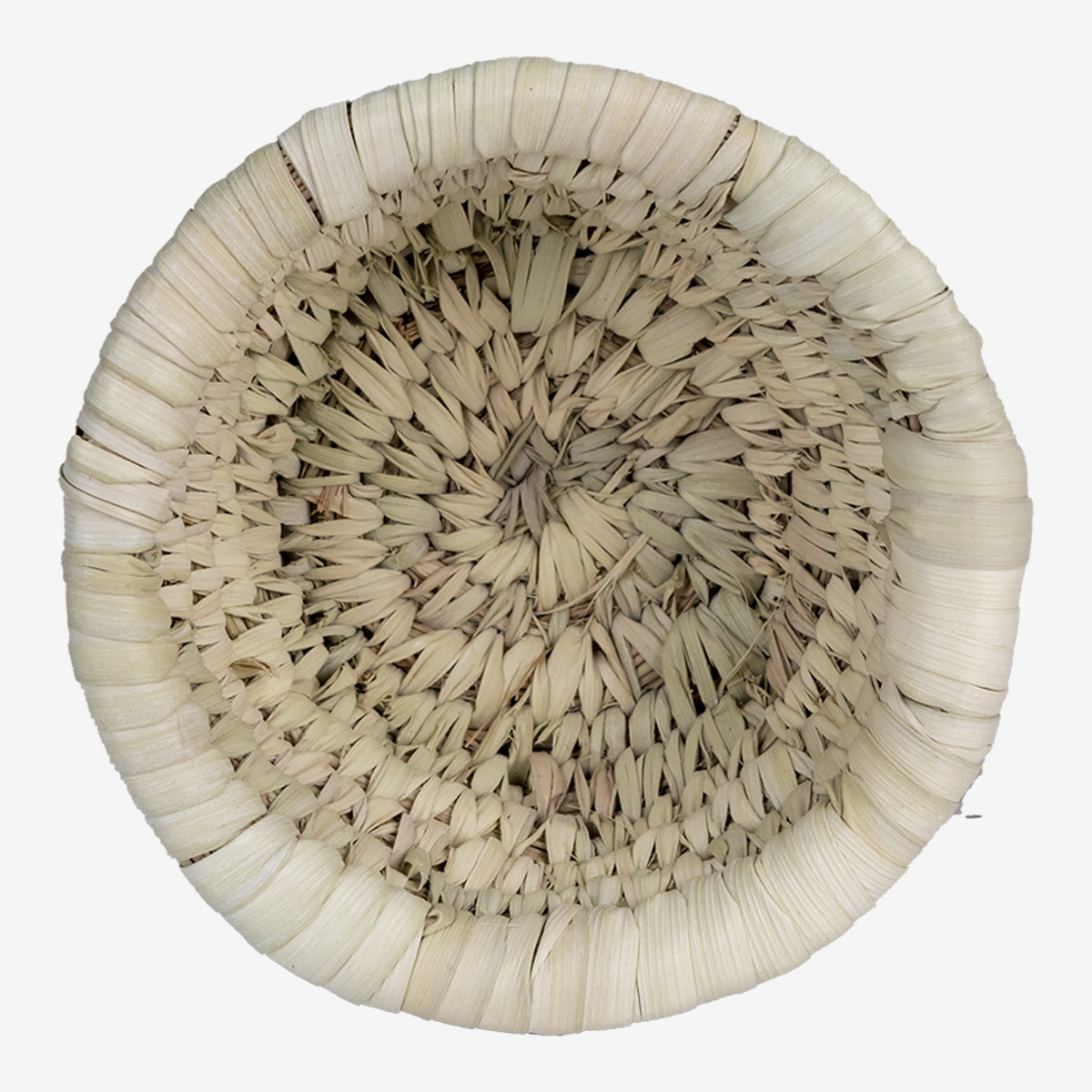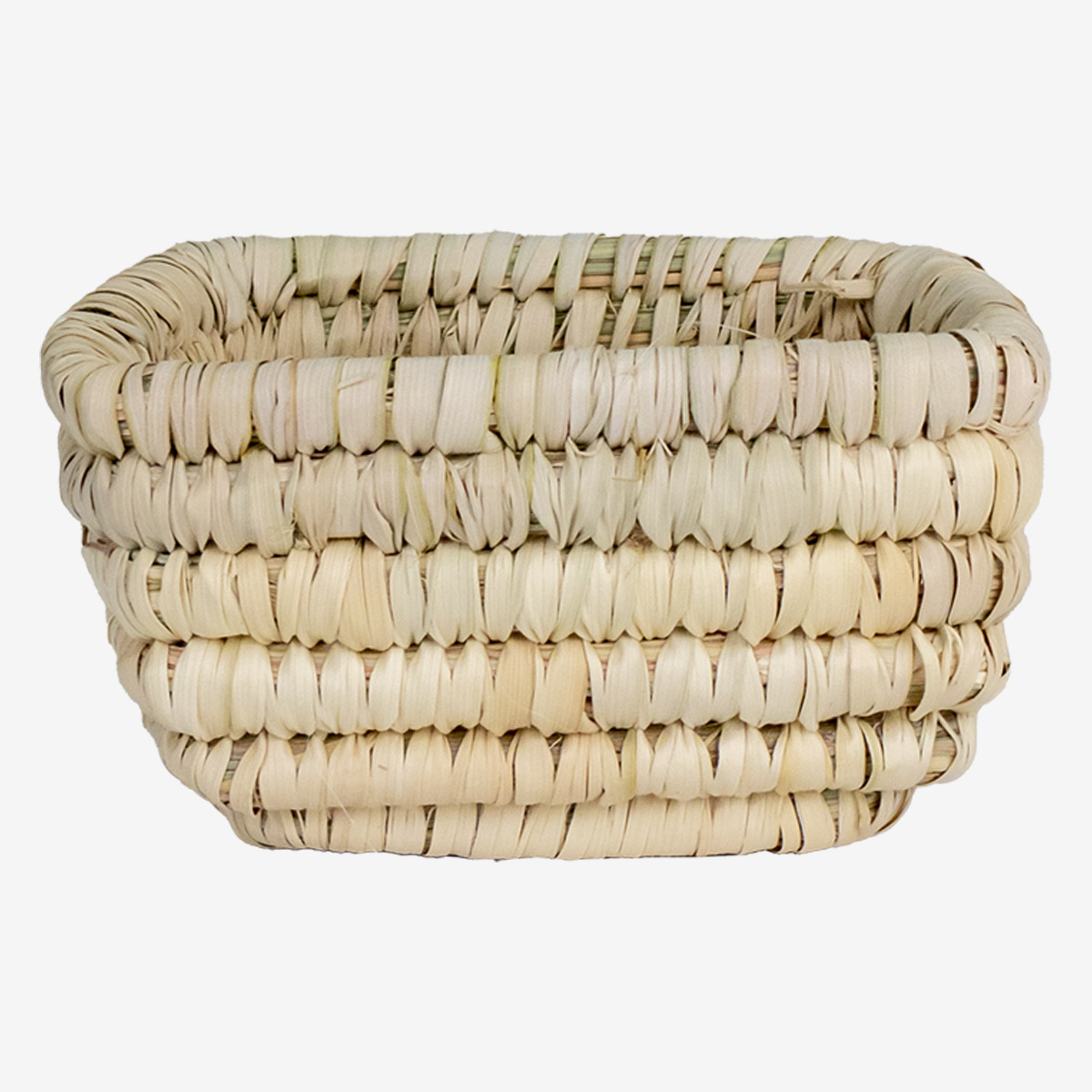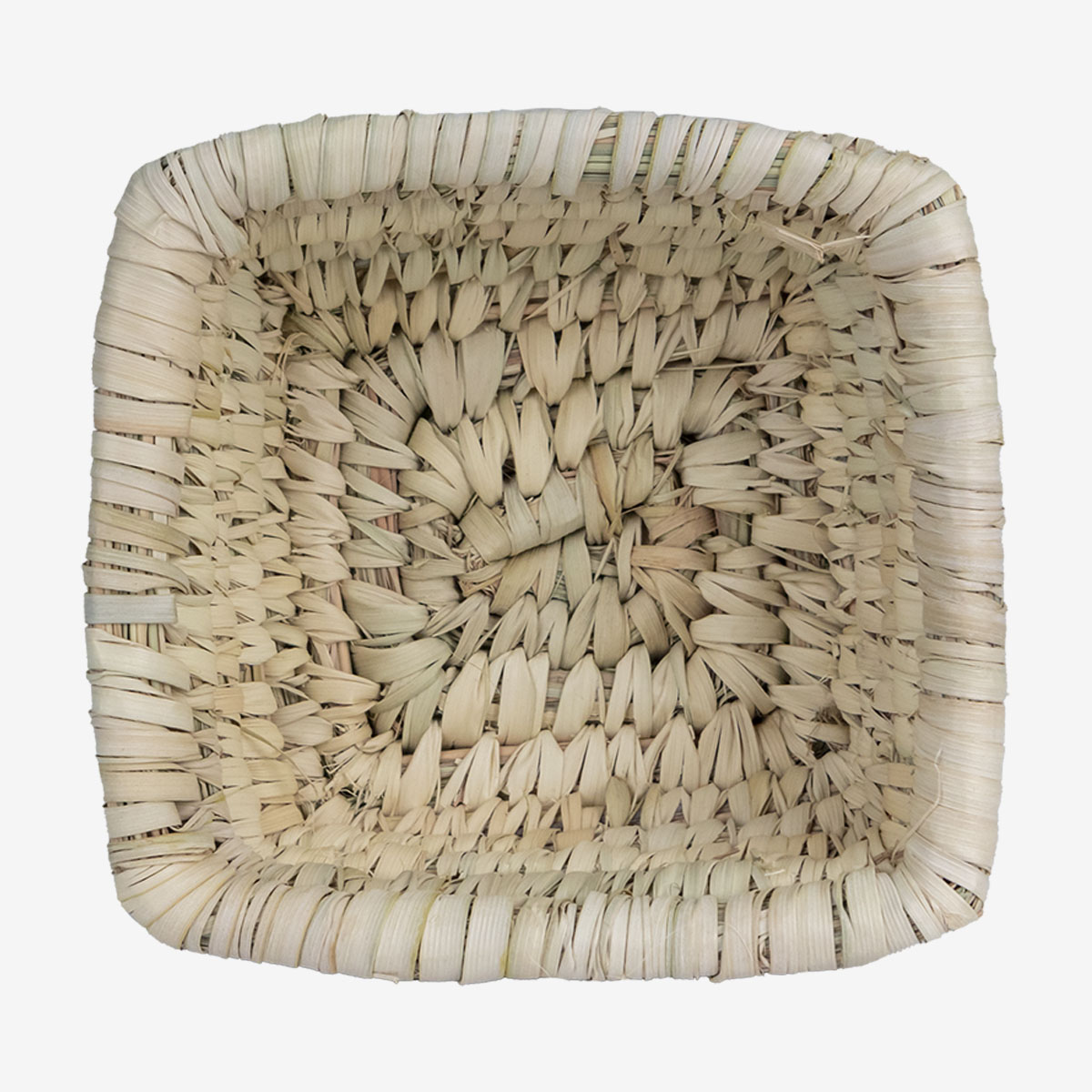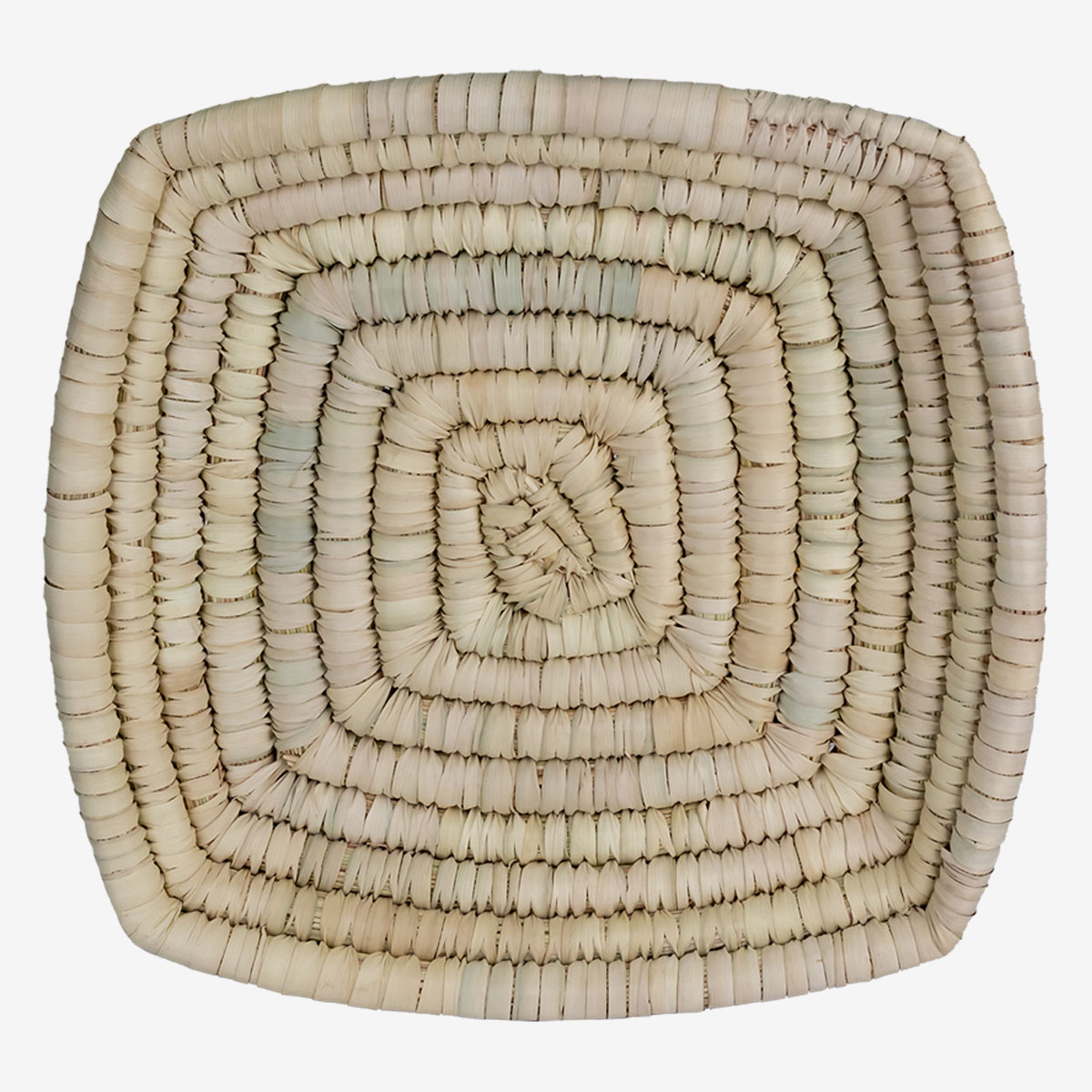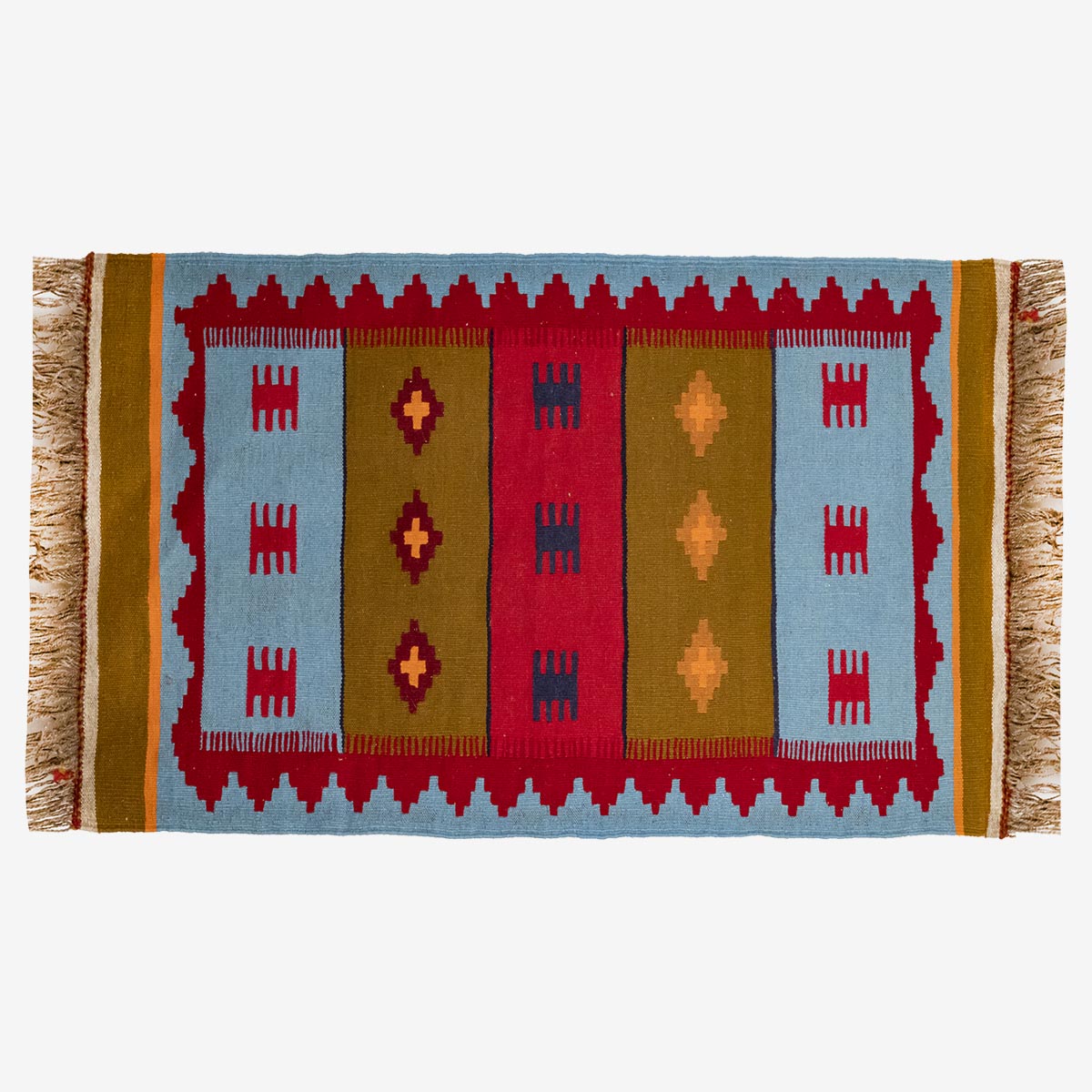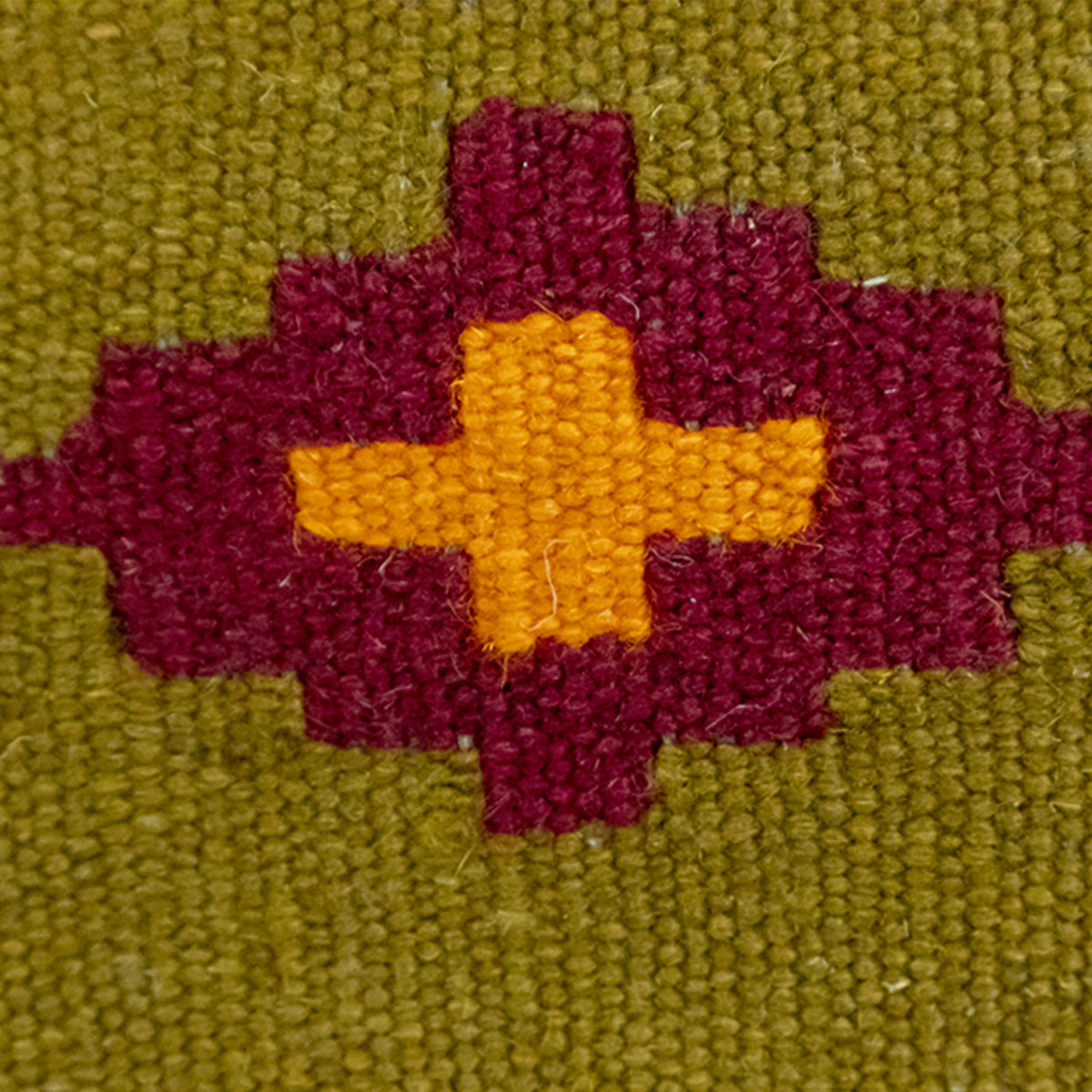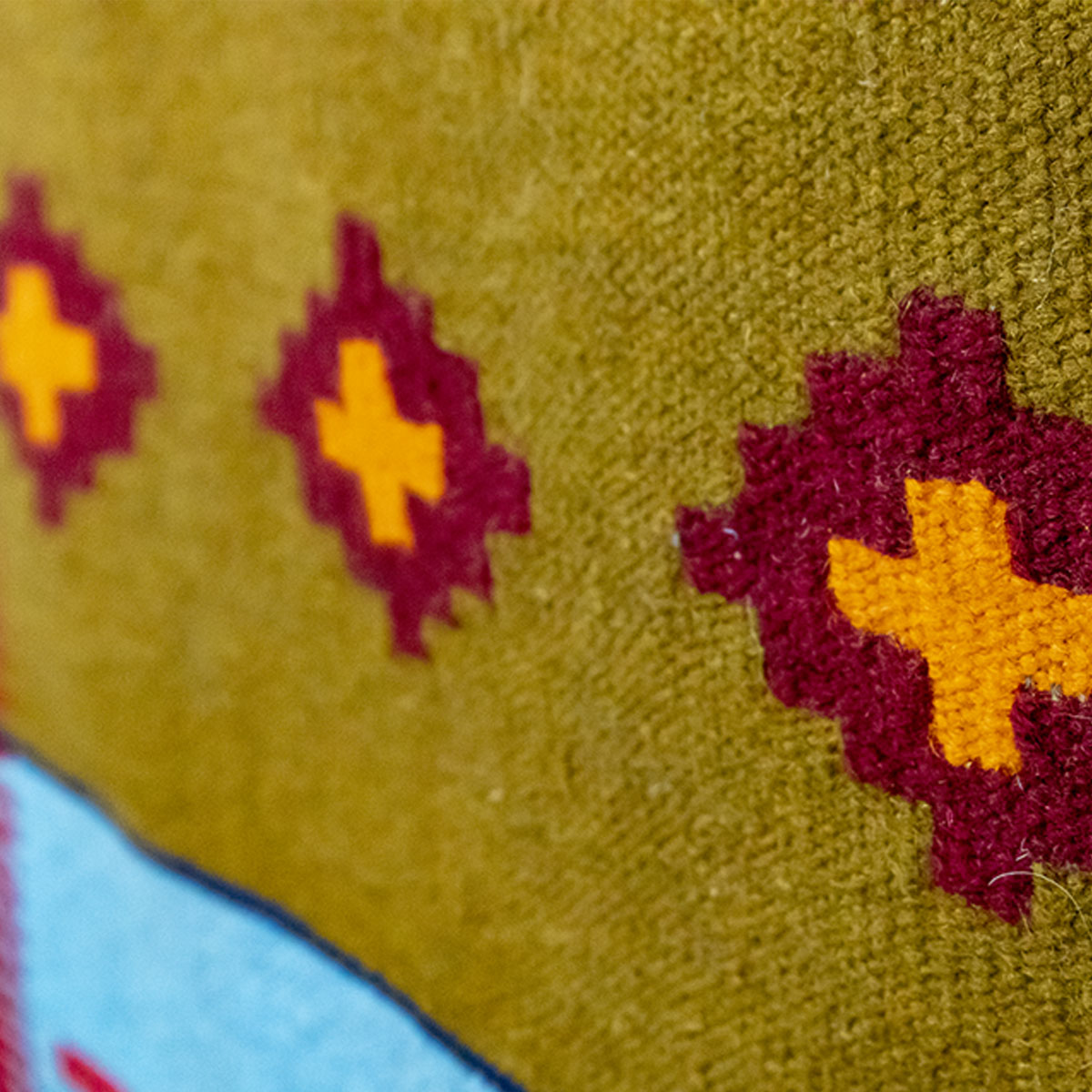Today, local dolls are for us children’s fun and games, or maybe a solution to keep them away from digital tools! Have you ever wondered what place dolls have in our culture? Any city or country you travel to, if you dig a little into their culture, you will find a trace of native dolls that have brought thousands of stories on their backpacks to our era. The dolls that we are talking about were not just for entertainment, but they carried a set of culture of a region from one generation to another, that is why they are considered as intangible heritage .
On the occasion of June 8 (18 Khordad), which has been declared as World Doll Day, Mildred Seeley (1918-2001), a writer and researcher in the field of dolls and a doll collector, declared this day as World Doll Day in 1986 and by doing so , reminded the value and importance of dolls in friendship and peace between humans. During her lifetime, she created a network of doll lovers from all over the world. In Iran, we have a variety of native dolls. In this article, we want to see what role these local dolls have played among the people and get to know some of them that have been registered nationally. With the explanations we gave at the beginning of the text, we should undoubtedly change our perception of dolls with what we see today and look at these native dolls with a different eye.

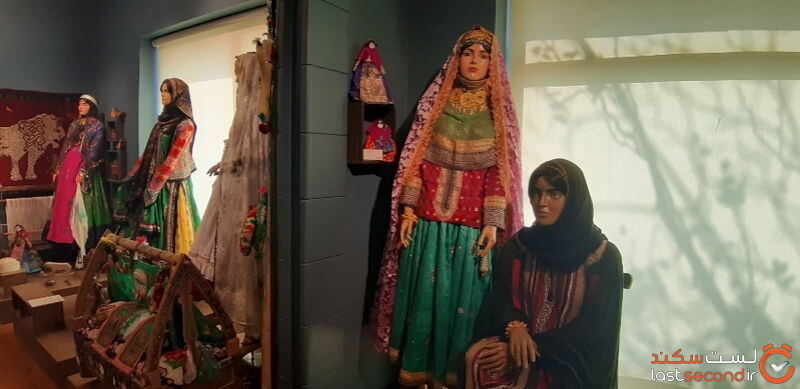
local dolls, cultural chests
We may not be able to determine when the first doll was made by human hands or when they thought of making a doll at all, but we know that after the first humans met their basic needs, they also thought of toys. For example , you can see examples of these ancient toys in the Museum of Ancient Iran .
Finally, dolls entered human societies, but they were not only for children’s play, but sometimes they were considered the main role of holding ceremonies and gradually found a place in people’s beliefs and beliefs. For example, rain-making dolls in different regions of Iran with different names and shapes appeared in the ceremony; A ceremony in which they pray for rain and perform rituals along with it. The doll became a part of those customs that were performed in order. Therefore, dolls were considered a part of people’s rituals and ceremonies and even found a central role in some customs.
In terms of the ceremony with the local dolls, the doll itself was important in terms of ingredients and design, and it was made based on the beliefs of the people of the region; That is, they usually had a reason for choosing the materials and design and color, and they did not make them for no reason and just for beauty. For example, in the preparation of some indigenous dolls, they tried to use food ingredients or they left some faces white because they believed that only the creator of the world can create the faces of creatures and they considered putting parts of the doll’s face as a kind of blasphemy. The clothes of many of these dolls were chosen based on the native clothes of the people of the same region.
Of course, the opinions and beliefs changed in different eras according to the cultural changes of the people, and the dolls also changed, therefore, what is present among the local people today has probably had many changes throughout history.
Therefore, what made these dolls important were the ideas and beliefs and customs that were connected to them, otherwise they were made from the simplest materials with basic equipment, and maybe if we only want to examine them in terms of material value, they would have a deep distance from today’s equipped dolls. be What has been recorded about the dolls in the intangible heritage is not only the material value of the doll itself, but also the cultural collection that exists with the doll, and this shows the cultural importance of local dolls.
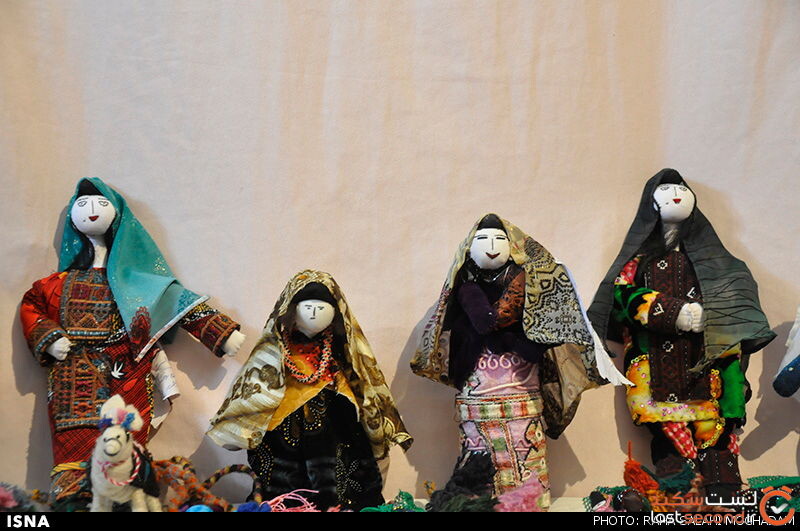
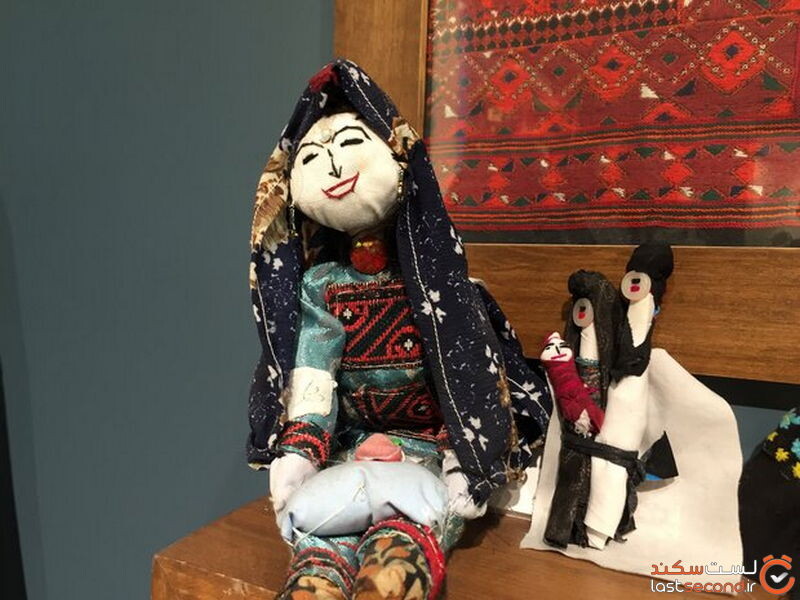
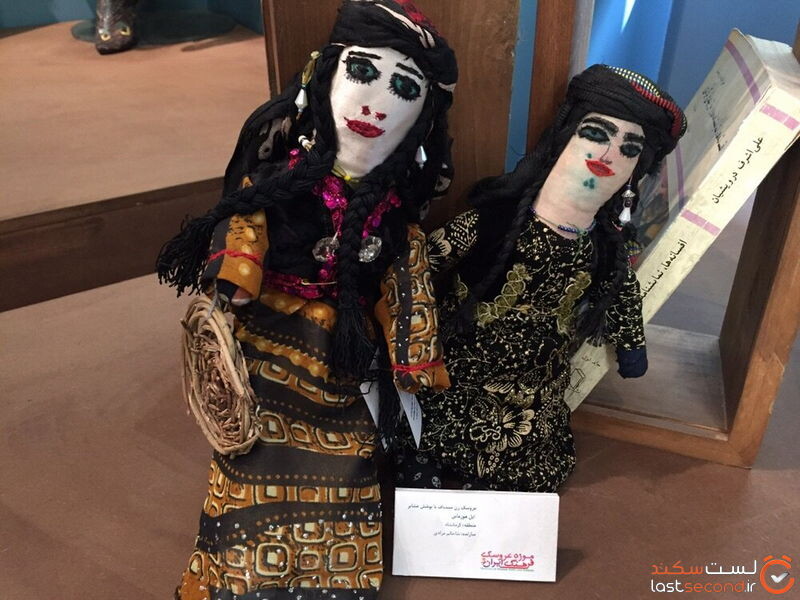
local dolls that reached the national register
Among the countless dolls that are present all over Iran and are used in various ceremonies, in this section we name some of them that have been registered in the national register with the names of different regions:
- Dutok , a toy doll in South Khorasan, Sarbisheh village
- Dohtulok , dolls of Hormozgan Province, Qeshm Island
- Lili or Lili Bazbazak , three provinces of Khuzestan, Chaharmahal, Bakhtiari and Fars
- Bibi Kog , ritual dolls – toys of Yazd Zoroastrians
- Qorčoq is a toy doll of the Turkmen people
- Lal Ebhig or Lal Aros, Lal doll, Lal Aris doll of Bazoft Chaharmahal and Bakhtiari
- Boke Barane ritual doll related to the rain ceremony of Kurdistan province
- Minabazi puppet shows related to Fars province
- Teke is the name of a doll in Ardabil province
- Toy doll, Kerman province, Babak city
- Lupek Chamki or Malik fish is a ritual doll of Kerman province, Abbas Abad Qalaganj, Tem Gran village
- Tadune, a ritual doll of the Galesh people (Zhajsh) of Mazandaran province
- Spoon dolls , making skills and storytelling culture
- Jolly doll , a toy doll of Yazd province, Abarkoh city, and a Fars eye doll
Each of these dolls has a world of stories to tell that has been passed down from previous generations to this generation. As we said, the number of dolls is more than this and we have mentioned only a few. Some of these dolls were forgotten under the rubble, erased from memory, and people started to revive them. With the importance of finding local dolls, indigenous women have turned to making their dolls again, and this not only awakens a dormant culture, but also creates jobs for some.
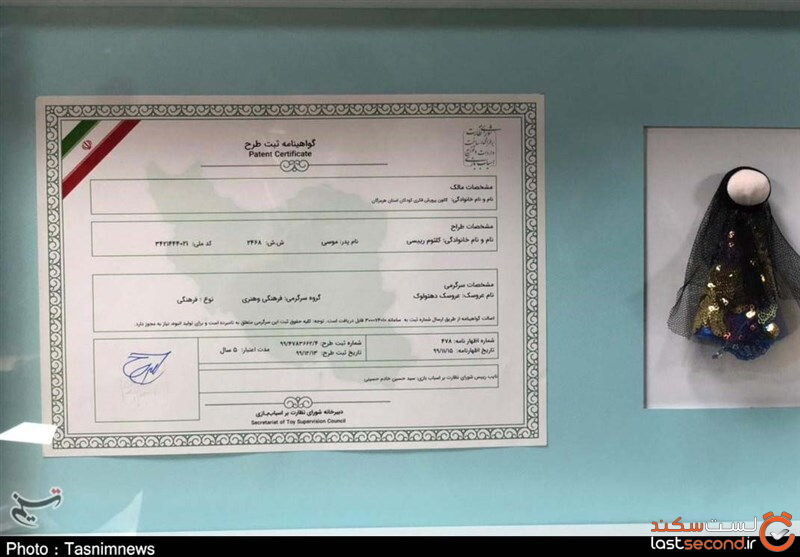
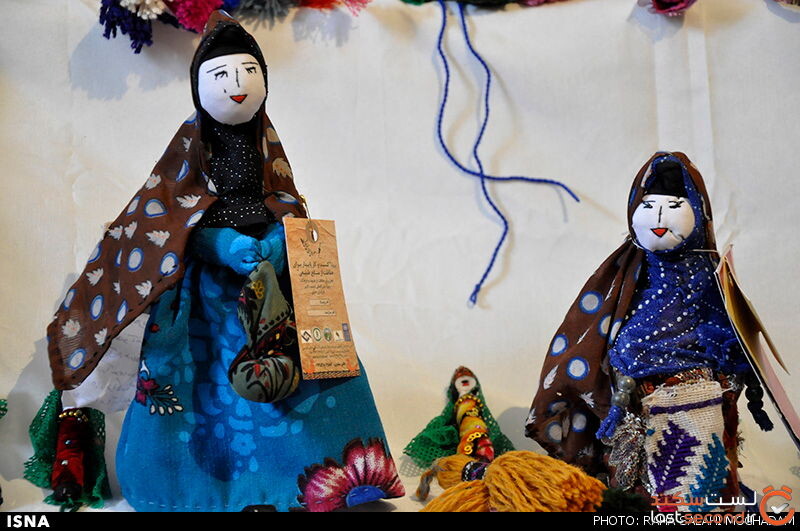

last word | local dolls
Native dolls with their rituals are not limited to Iran, you may come across these dolls during your trip to other countries, especially countries with rich historical and cultural background. But what is important in Iran is the abundance and diversity of these dolls in different regions. As soon as possible, we should recognize this valuable local heritage in Iran so that it can be protected before it disappears. If you are interested in knowing the various local dolls of Iran and the world, the Museum of Dolls of Nations and the Museum of Dolls and Culture of Iran have tried to display these dolls as much as possible.
In your travels, we suggest that you look for native dolls and their stories from local people, because you will hear interesting cultural information from them that you might not find in any book!



